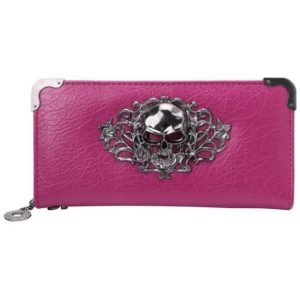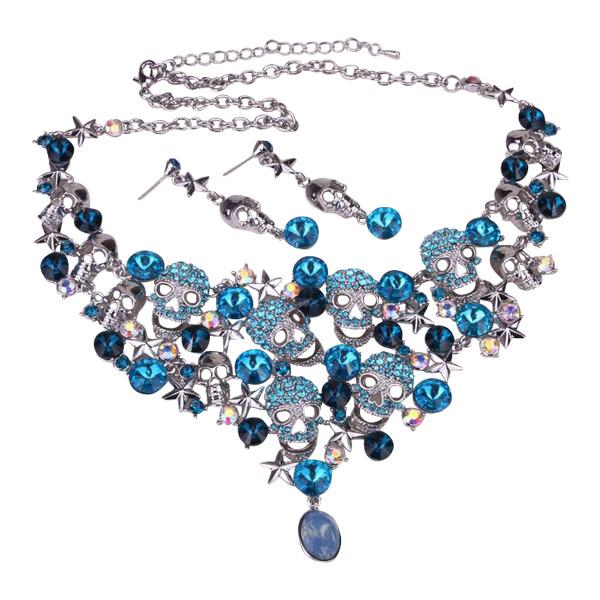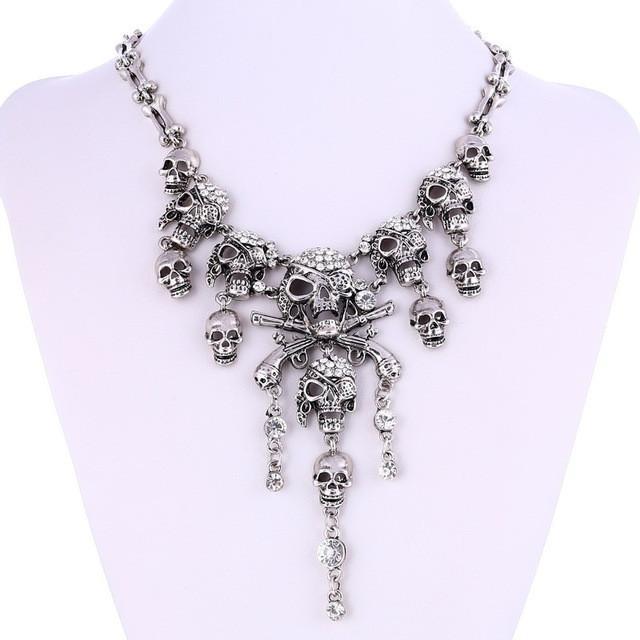 When looking at a skull it is hard not to be awakened, after all, it is a confrontation with the fact that we mortals. Every culture throughout history has had a similar response – and shaped customs and their own beliefs.
When looking at a skull it is hard not to be awakened, after all, it is a confrontation with the fact that we mortals. Every culture throughout history has had a similar response – and shaped customs and their own beliefs.
Harley Davidson Bikers & Skulls
The skull cross-bone jewelry has been a sign of biker groups for a number of different decades. Skulls are a favorite that has been designed in a lot of diverse ways, from rugged to fancy and some being quite unique. With all the various variations, the skull is deemed to be quite diverse but carries universal recognition.
Skull Meanings & Symbology
The skull is often seen as a sign of death and with negative or Tama vibrations associated with it but, skulls serve numerous symbolic purposes such as being worn as a magical protection charm.
 The skulls appear to enjoy being taken places as this permits them to finish a few of their destiny, their work. The skull was replaced with a heart and the crossbones are situated under the heart. It’s also universal sign of wisdom and truth.
The skulls appear to enjoy being taken places as this permits them to finish a few of their destiny, their work. The skull was replaced with a heart and the crossbones are situated under the heart. It’s also universal sign of wisdom and truth.
Once you take an interest in skulls and you start to resonate with the particular energy of them, you might wonder what else you may use them for. Although it’s been viewed and associated with a number of negative things in earlier times today, it truly isn’t viewed in that fashion anymore. It’s super-groovy to travel together with you on your symbolic path, and possibly provide a small translation on the way. It is a procedure of developing your inner wisdom and spiritual comprehension.
The skull was given strong religious connotations in lots of cultures.
This is true for two of the largest religions from the east: Hinduism and Buddhism. Knowing about death and life, skulls have been utilized by both of these religions in depictions and art of deities. Actually, skulls in symbology are so significant that they have been tracked all of the way back into the dawn of the Hindu culture – over 5,000 decades back.
Ancient India. Back in India, skulls adorned goddess and gods as bracelets or necklaces, revealing their ability. As an example, Nataraja, an incarnation of Shiva, dances the dance of creation with a necklace of skulls. He is identified by the garland of skulls around his throat as the passing of all beings, along with time.
To the Hindu, this really is a natural development of existence; everything goes in a circular manner. Life and death are both part of the play and are adopted- never resisted.
Though the representation of skulls in Hinduism is straightforward, Buddhism and Tibetan Buddhism go a little deeper. Comparable to Hinduism, skulls are portrayed as a necklace around a deity. They are called munda malas. Instead of representing reduction or death, it signifies the Buddhist concept of emptiness.
In Buddhism, emptiness is regarded as a quality of this world. This usually means that has no character by itself. It is essentially saying all occasions are impartial – but we opt to magnify them.
Conclusion
While it’s correct that skulls are significant to civilizations and a lot of religions, the fascination with them is unique. It might be argued that it is somewhat morbid – and which might be true – however there’s a specific quality of calmness for this. Everything in these ideologies refers to embracing life.









 As a Psychic Medium with over a decade of experience in sacred studies, I’ve nurtured my curiosity through advanced studies in Esoteric Studies, Metaphysics, Mediumship, Angelology, Reiki, World Religions, and Ordination. Alongside my extensive education, I offer a diverse range of spiritual and healing services, including Psychic and Mediumship Readings, Tarot Card Readings, and more at my studio in Traverse City, Michigan. Additionally, I extend my services to small groups and events throughout Northern Michigan and the United States via phone.
As a Psychic Medium with over a decade of experience in sacred studies, I’ve nurtured my curiosity through advanced studies in Esoteric Studies, Metaphysics, Mediumship, Angelology, Reiki, World Religions, and Ordination. Alongside my extensive education, I offer a diverse range of spiritual and healing services, including Psychic and Mediumship Readings, Tarot Card Readings, and more at my studio in Traverse City, Michigan. Additionally, I extend my services to small groups and events throughout Northern Michigan and the United States via phone.